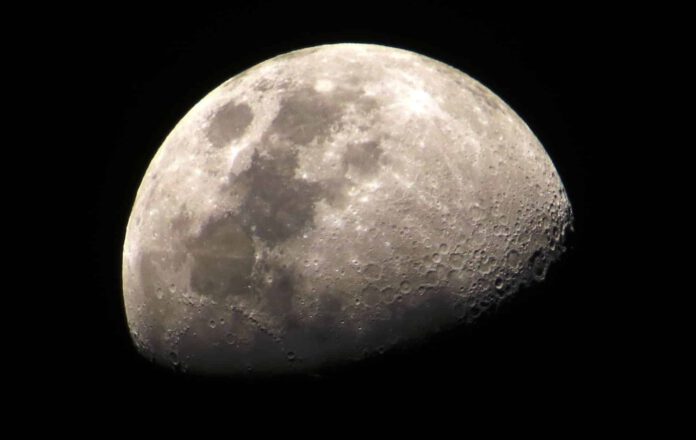
Moon Shrinkage and its Consequences
The phenomenon of the moon shrinking results in authentic ‘moonquakes’ and forms fractures. This occurs notably in the regions anticipated to receive human visitors within a few years, particularly by American-led missions. This has been reported in a study published in the Planetary Science Journal.
The Lunar Reconnaissance Orbiter Data
Researchers have based their analysis largely on observations gathered by the Lunar Reconnaissance Orbiter. This satellite has been orbiting the moon and capturing numerous photographs of the lunar surface.
The Lunar Faults
These images indicate thousands of relatively small and recent fractures dispersed across the lunar surface. It is hypothesized that these fractures are formed due to the shrinkage of the moon. This shrinkage places stress on the surface, causing fractures. The crust on either side of the fractures then overlap or push forcefully against one another to form a cliff or a small hill.
Moonquakes and Research Findings
Seismic activities have been detected during the formation of such faults. The occurrence of quakes on the moon, known as moonquakes, are not a new discovery. The Apollo Passive Seismic Network, a collection of seismometers placed on the moon by Apollo astronauts, has detected several moonquakes. One of the most potent of these was believed to have originated from the lunar South Pole – the region NASA plans to land humans on in a few years.
Relatively Heavy Quake and the Gerlache Fault Line
The exact location of this relatively heavy quake’s epicenter is not certain. However, the new study points to the recently formed Gerlache fault line at the South Pole as a possible source. Even if this is not the source of the heaviest quake ever detected by the Apollo Passive Seismic Network, it appears to have formed in conjunction with a quake of similar magnitude. This is concerning, especially as this fault line exists in an area being considered by the Americans as a landing site for Artemis III – the upcoming manned mission to the moon.
Location Selection Process and The Dangers
“When choosing a location and preparing for a permanent moon base, we must consider the potentially powerful seismic events that active faults can cause. These could pose a threat to future robotic and manned missions to the South Pole region,” concluded the researchers in their study. The danger involves not just the formation of new faults, but also the horizontal movement of crust on either side of existing faults. This might generate seismic activity that can be felt tens of kilometers away.
Shifts and Future Colonists’ Interest
Even light quakes could initiate landslides, as per the examination of slope stability in the South Pole region of the moon. This is particularly true in permanently shadowed areas on the South Pole, areas of interest for future moon colonists due to the possible presence of significant resources like water ice.
Therefore, this presents an important consideration for future missions to evaluate.
The Need for New Seismic Data
“To better understand the risks that seismic activity could pose for future human activities on the moon, we need new seismic data,” states researcher Renee Weber. This includes not only the South Pole but whole of the moon. The good news is that there are pending missions that could gather this data. “Missions like the upcoming Farside Seismic Suite will augment the measurements made during the Apollo missions and will enhance our knowledge about global seismic activity on the moon,” Weber predicts.











